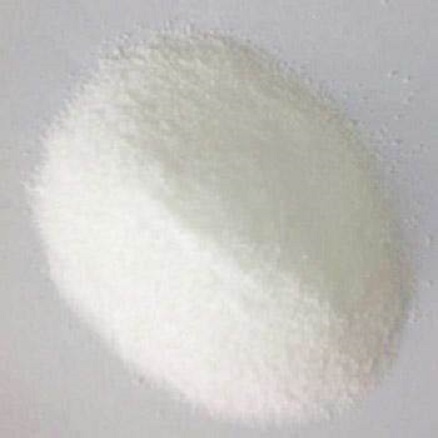L-asparagine is used in cell culture media and is a component of MEM non-essential amino acid solution.


L(+)-Asparagine monohydrate CAS#5794-13-8
L-asparagine is used in cell culture media and is a component of MEM non-essential amino acid solution.
Purpose: L-asparagine participates in protein synthesis and amino acid metabolism in the body. It may be used in nutritional supplements, pharmaceuticals, and biotechnology applications.
Appearance: Usually white or off-white crystalline powder with certain water solubility.
Uses: L-Asparagine monohydrate is a naturally occurring amino acid that is not essential to humans and can be synthesized from intermediates in the central metabolic pathway. It is used in the synthesis of organic raw materials or pharmaceutical intermediates. Microbial culture. Peptide synthesis. Measurement of transaminase substrates. Tuberculosis culture. Preparation of bioculture media. It is a pharmaceutical intermediate, also used in biochemical research to produce culture agents and used as food additives.Main Functions and Applications:Protein Synthesis:Amino Acid Precursor:L-Asparagine is one of the important amino acids for protein synthesis. It is involved in the process of protein synthesis and plays a role in many physiological functions.
Nerve conduction: neurotransmitter synthesis: L-asparagine has a supportive effect on the nervous system and may be involved in neurotransmitter synthesis and normal function of the nervous system.
Metabolism: Amino acid metabolism: L-Asparagine plays a role in amino acid metabolism, helping to maintain amino acid balance in the body and participating in amino acid transport and metabolism. Drugs and Supplements: Dietary Supplements: L-Asparagine monohydrate is commonly used in dietary supplements as a nutritional supplement to support amino acid balance in the body. It can be used to supplement amino acids that may be deficient in the daily diet.
Our professional sales team are waiting for your consultation.